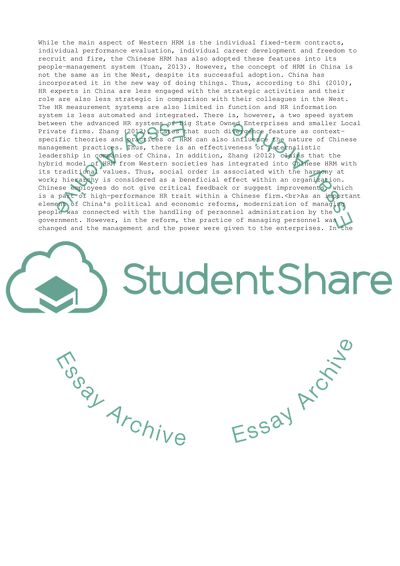Cite this document
(“Case study of HRM in China Example | Topics and Well Written Essays - 1250 words”, n.d.)
Case study of HRM in China Example | Topics and Well Written Essays - 1250 words. Retrieved from https://studentshare.org/management/1693616-case-study-of-hrm-in-china
Case study of HRM in China Example | Topics and Well Written Essays - 1250 words. Retrieved from https://studentshare.org/management/1693616-case-study-of-hrm-in-china
(Case Study of HRM in China Example | Topics and Well Written Essays - 1250 Words)
Case Study of HRM in China Example | Topics and Well Written Essays - 1250 Words. https://studentshare.org/management/1693616-case-study-of-hrm-in-china.
Case Study of HRM in China Example | Topics and Well Written Essays - 1250 Words. https://studentshare.org/management/1693616-case-study-of-hrm-in-china.
“Case Study of HRM in China Example | Topics and Well Written Essays - 1250 Words”, n.d. https://studentshare.org/management/1693616-case-study-of-hrm-in-china.


